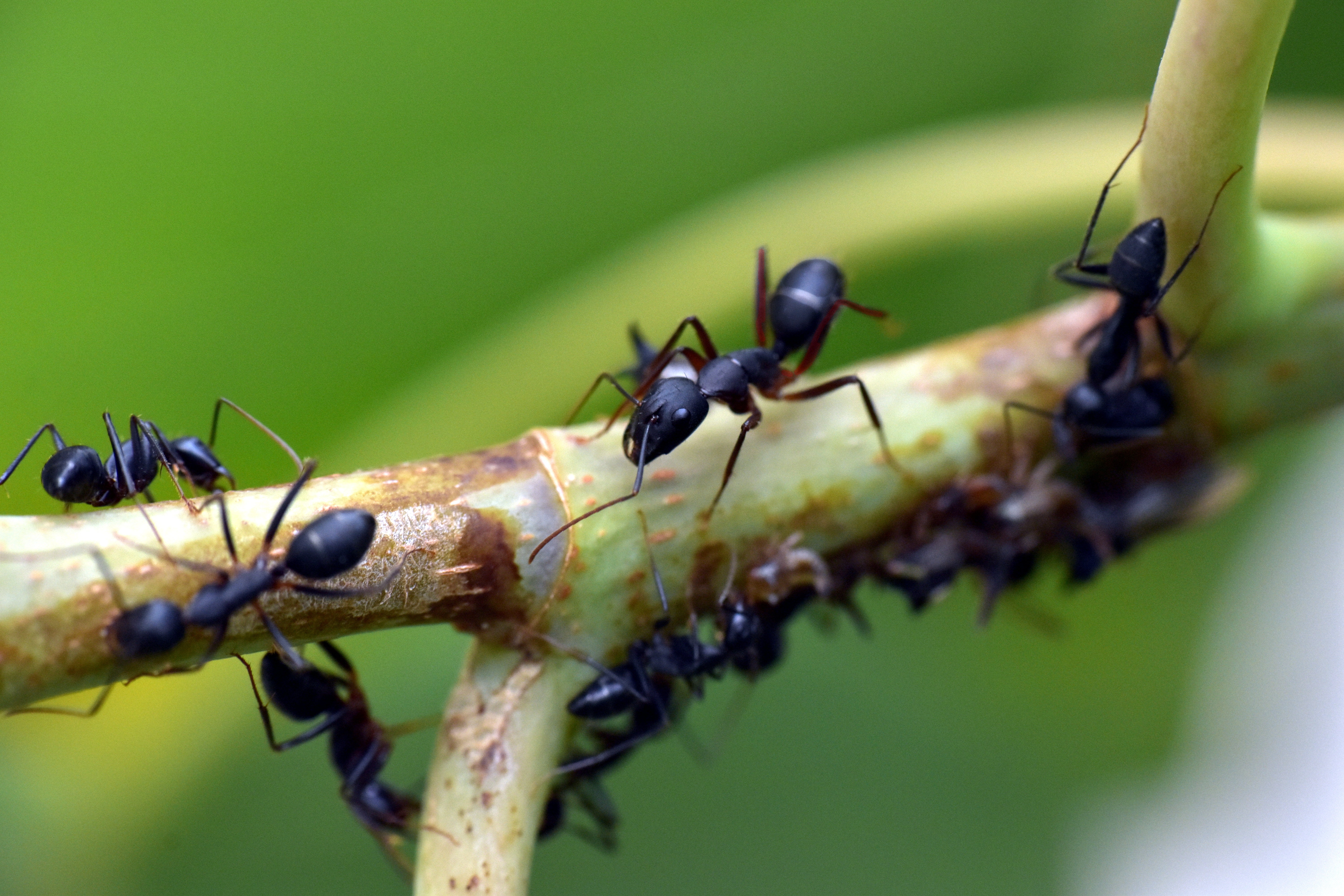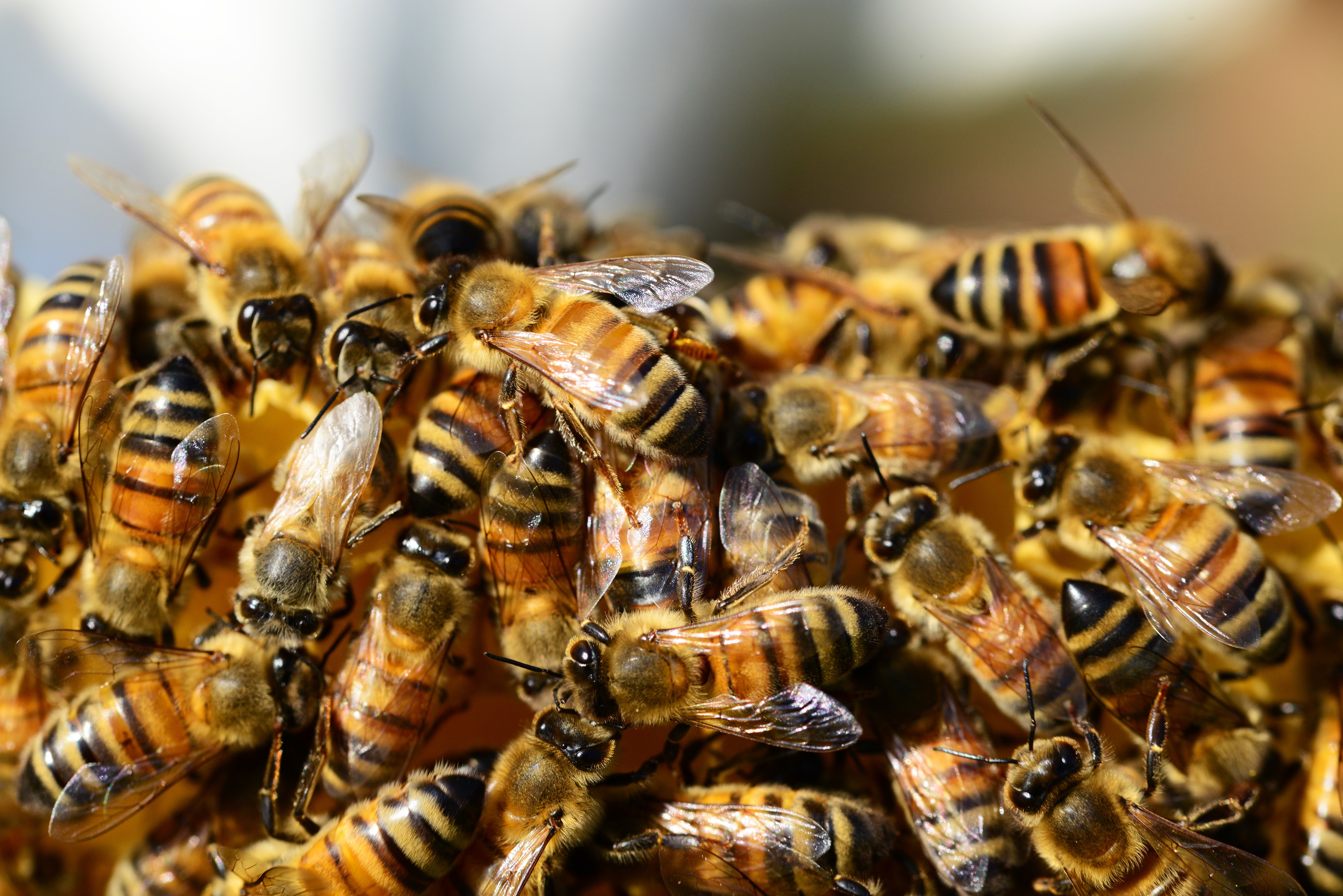Lesson 23 Bees are Buzzing
Let’s investigate insect populations.
Warm-up Estimation Exploration: Bees

Record an estimate that is:
too low | about right | too high |
|---|---|---|
Activity 1 Termites, Ants, and Bees
Here is some information about insects:
Termites
Size of a colony: 100–1,000,000
A queen lives for 30–50 years.
There are 3,000–3,500 species of termites.
The length of a termite is 4 to 15 millimeters.
In some species, the mature queen may produce around 40,000 eggs a day.
_(8371245976).jpg)
Odorous House Ants
Size of colony: up to 100,000
A queen lives for 300–1,800 days.
The length of an ant is 1.5–3.2 millimeters.
Foraging ants travel up to 700 feet from their nests.
There are 12,000–22,000 possible species.

Honey Bees
Size of a hive: 10,000–60,000
There are around 500 drones in a hive.
A queen can lay about 1,500–2,000 eggs each day.
A hive produces 7–40 liters of honey in a season.
The length of a bee is 10–20 millimeters.

Here are some numbers that could represent facts about termites, house ants, and honey bees. What might each number represent?
Add another number to the list. What about the insects might this number represent?
Discuss your answers with your partner. Be prepared to show or explain your reasoning.
number | what it might represent |
|---|---|
Activity 2 Bee Population
Problem 1
An entomologist records the number of bees in their beehive over the course of several months. They record:
the number of bees at the beginning of the month
how many bees left (and didn’t return) during the month
how many new bees were added to the hive during the month
Unfortunately, some of the entries in the table are missing.
Complete the missing information in the table.
month | bees in the hive at the beginning of the month | new bees | bees that left the hive |
|---|---|---|---|
May | |||
June | |||
July | |||
August | |||
September | No data | No data |
Problem 2
Discuss your responses with your partner. Be prepared to show or explain your reasoning.